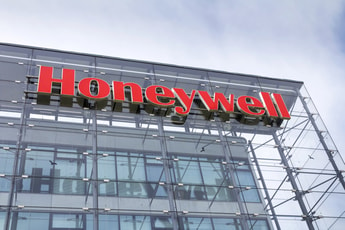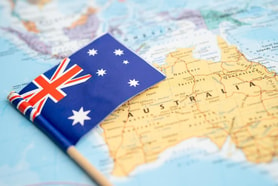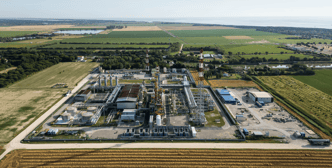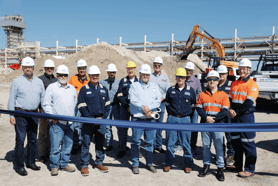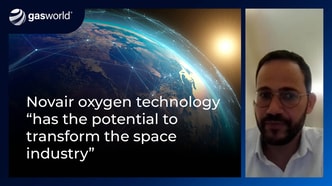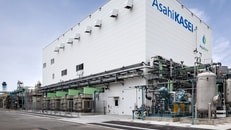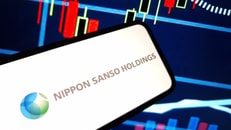Eneos begins engineering work on Honeywell organic hydrogen carrier project
US industrial technology firm Honeywell has begun basic engineering work to help build the world’s first commercial-scale hydrogen supply chain using a liquid organic hydrogen carrier (LOHC) technology.
The project, led by Japanese energy major Eneos, will use Honeywell UOP’s system to transport hydrogen in a stable liquid form. While Eneos previously announced its intention to adopt Honeywell’s technology in 2024, this marks the start of the engineering phase to bring the system into operation.
The compound to be created is methylcyclohexane (MCH), which is said to offer a safer, more efficient alternative to moving compressed or liquefied hydrogen.
The technology works by converting hydrogen gas into MCH through Honeywell’s toluene hydrogenation process. It can then be transported via ship or tanker before being dehydrogenated once at its destination. The remaining byproduct, toluene, can be returned and recycled for future use.
... to continue reading you must be subscribed


